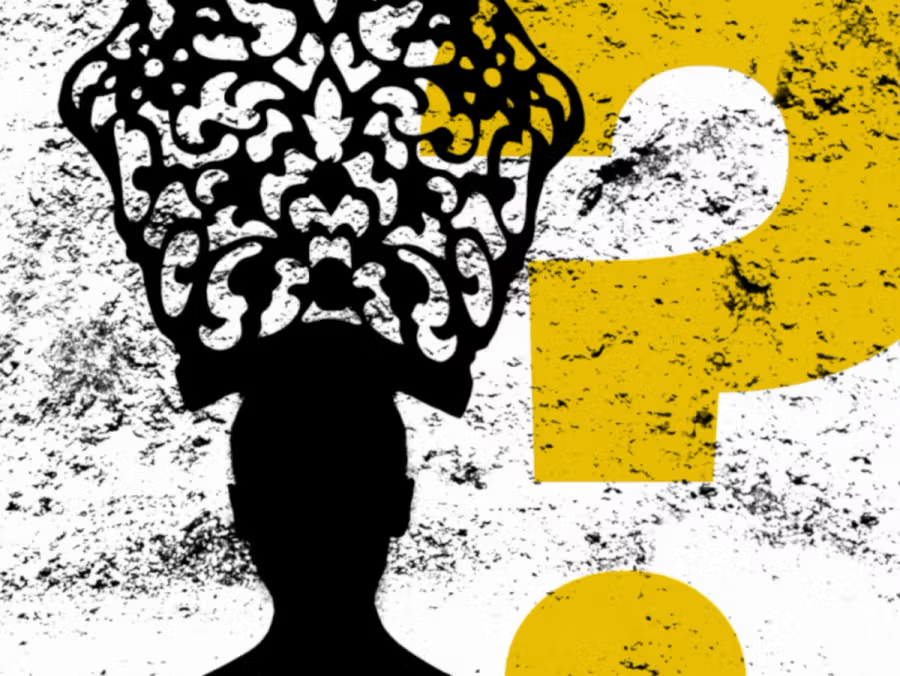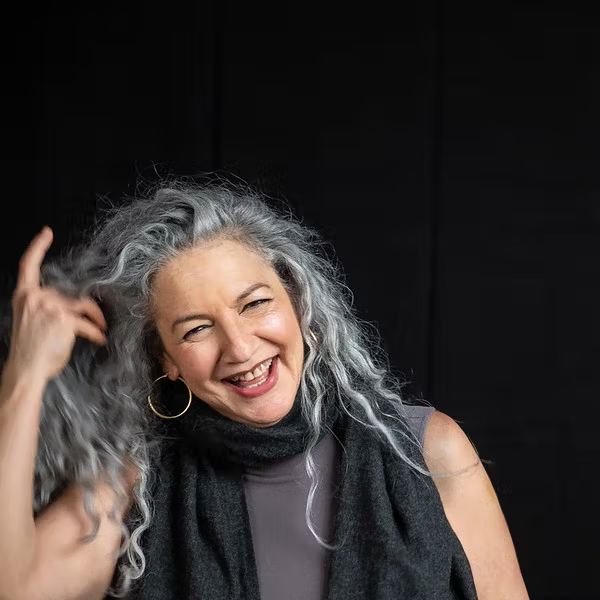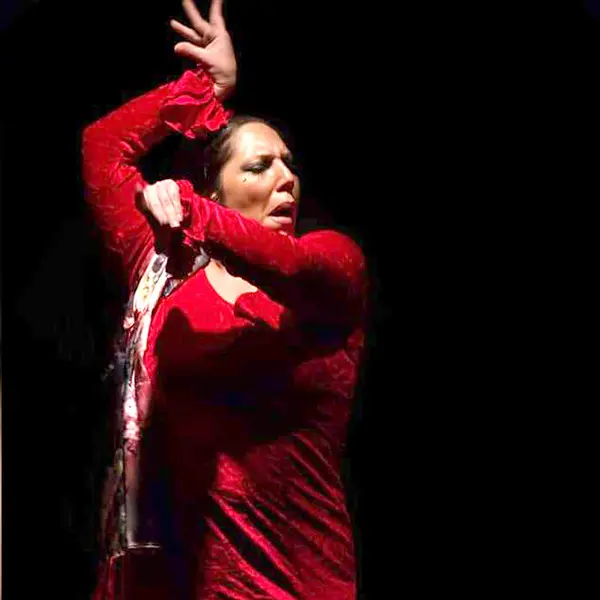Event | Discussion
Whose Flamenco? Roots, Rhizomes, and Branches
Image courtesy of K. Meira Goldberg

Tuesday, March 7, 2023, 6:00 pm
KJCC, 53 Washington Square S, NY 10012
RSVP for in-person attendance: https://tinyurl.com/bddvy7jx
Event page here.
Please join us for a performance/conversation about the genealogies, memory, and transmission of flamenco, and how its tangled and contested histories shape contemporary performance, audiences, and scholarship. This conversation is designed and moderated by the Hemispheric Institute’s Mellon Artist-in-Residence Brenda Dixon-Gottschild. Panelist-perfomers include Flamenco artist and scholar Meira Goldberg and Flamenco artists Aliesha Bryan and Raquel “la Repompilla” Heredia.
Produced by the Hemispheric Institute in collaboration with NYU’s KJCC.
The event is part of Brenda Dixon-Gottschild’s residency at the Institute celebrating the publication of her collection in the Hemispheric Institute Digital Video Library.
About the participants

Dr. Brenda Dixon-Gottschild
Brenda Dixon-Gottschild is a distinguished Mellon Artist in Residence at the Hemispheric Institute for 2022-2023. As a scholar and writer, Dr. Dixon-Gottschild has worked to reveal the obscured legacy of Blackness in putatively white forms of dance and performance and to shine light on individuals and social worlds that have been long ignored by cultural historians. Dr. Dixon-Gottschild is Professor Emerita at Temple University and a former consultant for Dance Magazine. She is the author of four books: Digging the Africanist Presence in American Performance: Dance and Other Contexts, Waltzing in the Dark: African American Vaudeville and Race Politics in the Swing Era, The Black Dancing Body: A Geography from Coon to Cool, and Joan Myers Brown and the Audacious Hope of the Black Ballerina: A Biohistory of American Performance. During her career as a dancer and performer, she has been a member of the Mary Anthony Dance Theater, Joseph Chaikin’s Open Theater, and the Frank Silvera Writers’ Workshop actor’s unit. Dr. Dixon-Gottschild has become known for her innovative method of blending lecture and performance, blurring the distinctions between analysis and enjoyment, movement and thought. Together with her collaborator, Hellmut Gottschild, Dr. Dixon-Gottschild has sought to integrate thinking and dancing bodies. Together, they have pioneered what they have termed “movement theater discourse.”

Dr. K. Meira Goldberg
Dr. K. Meira Goldberg is a flamenco performer, choreographer, teacher, and scholar. In 1980s Madrid, she performed nightly in flamenco tablaos alongside the best artists in the world. In the US, she was the first dancer with Carlota Santana, Fred Darsow, and Pasión y Arte. Since going grey, she has instigated and collaborated on 100 Years of Flamenco in NYC (NYPL, 2013), Flamenco on the Global Stage (McFarland, 2015), The Global Reach of the Fandango in Music, Song and Dance (Cambridge Scholars, 2016), Transatlantic Malagueñas and Zapateados in Music, Song, and Dance (Cambridge Scholars, 2019), Indígenas, africanos, roma y europeos. Ritmos transatlánticos en música, canto y baile (Música Oral del Sur, 2021), and Celebrating Flamenco’s Tangled Roots: The Body Questions (Cambridge Scholars, 2022). Her monograph, Sonidos Negros: On the Blackness of Flamenco (Oxford University Press, 2019 and, translated by Kiko Mora, Libargo 2022), won the Barnard Hewitt Award for best 2019 book in theatre history or cognate disciplines, as well as Honorable Mention for the Sally Banes Publication Award, both from the American Society for Theatre Research.

Raquel “la Repompilla” Heredia
Raquel Heredia “La Repompa”, originally from El Barrio de la Trinidad, Málaga, comes from a distinguished family of Roma artists. The daughter of Rafaela Reyes and guitarist Luis Heredia, she and her sister Amparo Heredia represent a long line of “Repompas y Repompillas de Málaga” starting with their great Aunt, Enriqueta de la Santísima Trinidad de Los Reyes Porra, the first Repompa. She spent her adolescence in the United States, where she made her debut in the NYC tablaos at an early age. At 18 she toured with Juan Andrés Maya, and then settled in Madrid to work in the tablaos of the capital city. A self-taught dancer, Heredia has performed in numerous theaters and Flamenco festivals around the world, and has worked with artists such as Antonio Canales, El Farru, Antonio Molina, El Choro and Pepe Torres, among many others. Currently she is a guest artist in tablaos such as El Cordobés, La Casa del Arte, Jardines de Zoraya. She is considered one of the greatest dancers of the current tablao scene.

Aliesha Bryan
Since first encountering live Flamenco, award-winning dancer Aliesha Bryan (Pájaro Negro) has developed a rich and diverse tapestry of movement from which to create. Aliesha has performed in local, national and international dance events and festivals, and has received multiple invitations to perform at the United Nations Headquarters, Terraza 7, the African American Museum in Philadelphia, among others. In addition to being shortlisted for a Fresh Tracks residency at New York Live Arts and having received numerous grants in recognition of her growing body of work, Aliesha has performed the piece she was commissioned to create for The Brooklyn Nutcracker since 2018 and has been a lecturer as part of the Camille A. Brown & Dancers Social Dance for Social Change series. She has been featured in Dance Magazine for her role in diversifying the Flamenco landscape and recently embarked on the creation of her own venture, Blackbird Dances, an extemporaneous dance company that synthesizes depth psychology in movement with traditional Flamenco expressivity and a digital space that revisions how we as a society see and therefore engage with the body.